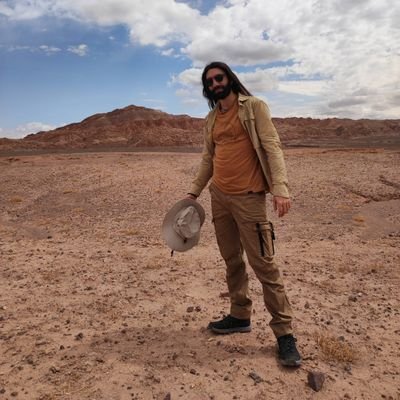
Paolo Braccia
@TheImPolster
Followers
43
Following
39
Media
5
Statuses
16
Joined February 2023
RT @Nahuel_L_Diaz: New work on Quantum resource theories! . A big thanks to my collaborators @QuAntonioMele @Berm….
arxiv.org
In quantum resource theories (QRTs) certain quantum states and operations are deemed more valuable than others. While the determination of the ``free'' elements is usually guided by the...
0
6
0
RT @MvsCerezo: 🚨Applications for LANL's 2025 Quantum Computing Summer School are open!. Please apply here.👇. Repost….
0
34
0
RT @BermeQP: Huge thanks to @TheImPolster @QuantumManuel @qZoeHolmes @LCincio @MvsCerezo!!! . 👇👇Our work at a glance 👇👇.
0
2
0
Let me sincerely thank @RobertHuangHY, @MartinLaroo, @DiegoGM_quantum, and Francesco Caravelli for useful discussions 🙏.
1
0
2
New work out! .Huge thanks to P. Bermejo, @LCincio, @MvsCerezo. Do you need to compute exact moments of quantum circuits composed of local random gates? Come join the Tensor Networks side!. 🧵 ⬇️.
1
4
21




